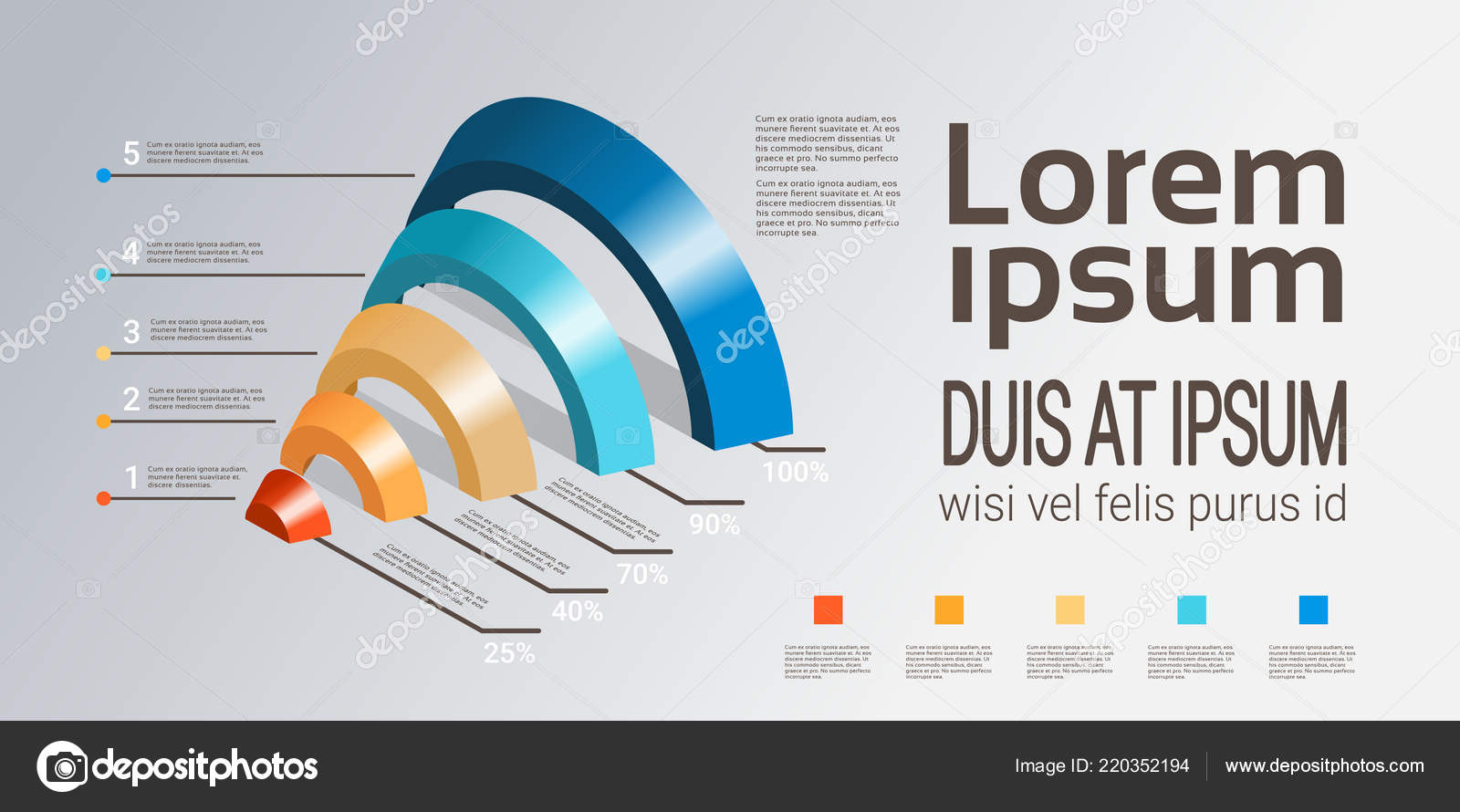Fascinated In Learning Just How Internet Site Style Has Advanced? Check Out The Journey From Simple Layouts To User-Centric Techniques
Fascinated In Learning Just How Internet Site Style Has Advanced? Check Out The Journey From Simple Layouts To User-Centric Techniques
Blog Article
Post Produced By-Carstens Cantu
In the past, sites were easy and focused on info. Navigation was direct, and layout was for desktop computers. Currently, user experience is vital. Information guides layouts for very easy navigating. Receptive formats suit different tools. Today, dark setting lowers pressure, and minimalist menus improve navigation. Interactive attributes involve users, and bold visuals attract attention. AI combination boosts interaction. See exactly how style has progressed to enhance your online trip.
Very Early Days of Website Design
In the very early days of website design, simpleness preponderated. Internet sites were standard, with restricted colors, typefaces, and designs. The focus was on providing info instead of showy visuals. Users accessed the internet with slow dial-up connections, so speed and performance were vital.
Navigation menus were straightforward, typically located on top or side of the page. Internet sites were developed for desktop computers, as mobile surfing wasn't yet prevalent. Content was king, and developers focused on easy readability over complicated layout components.
responsive mobile design was the main coding language utilized, and designers had to work within its constraints. Animations and interactive attributes were minimal compared to today's requirements. https://mass-email-marketing95173.targetblogs.com/30389959/enhancing-your-website-s-efficiency-with-specialist-on-page-search-engine-optimization-strategies were static, with little vibrant web content or tailored customer experiences.
Rise of User-Focused Design
With the evolution of site layout, a shift towards user-focused style principles has actually become increasingly famous. Today, developing internet sites that focus on user experience is vital for engaging visitors and accomplishing service goals. User-focused style entails recognizing the needs, choices, and actions of your target market to customize the website's design, web content, and features appropriately.
Designers currently perform thorough research, such as customer surveys and functionality testing, to gather insights and comments straight from individuals. This data-driven technique assists in developing intuitive navigating, clear calls-to-action, and aesthetically appealing interfaces that reverberate with visitors. By placing the user at the center of the style process, sites can deliver an extra personalized and satisfying experience.
Responsive style has also become an essential element of user-focused style, ensuring that sites are optimized for different tools and screen dimensions. This flexibility enhances availability and use, satisfying the varied means users communicate with web sites today. Fundamentally, the rise of user-focused design symbolizes a shift in the direction of creating digital experiences that prioritize the needs and assumptions of completion customer.
Modern Trends in Web Design
Explore the current fads shaping web design today. One famous trend is dark setting design, providing a streamlined and modern appearance while minimizing eye pressure in low-light settings. One more vital fad is minimal navigation, streamlining food selections and improving individual experience by concentrating on essential elements. Incorporating micro-interactions, such as computer animated switches or scrolling results, can create a more interesting and interactive internet site. Responsive style stays critical, ensuring seamless individual experiences across numerous gadgets. In addition, making use of vibrant typography and asymmetrical layouts can include aesthetic passion and draw attention to specific material.
Integrating AI modern technology, like chatbots for customer support or tailored suggestions, enhances user interaction and improves processes. Accessibility has also come to be a substantial fad, with developers focusing on inclusive layout techniques to deal with varied customer requirements. Embracing sustainability by optimizing site performance for rate and efficiency is one more emerging fad in web design. Teaming up with user feedback and information analytics to iterate and improve design continuously is essential for staying appropriate in the ever-evolving digital landscape. By embracing these modern-day fads, you can create a visually attractive, easy to use site that reverberates with your audience.
Conclusion
As you review the evolution of web site layout from the early days to currently, you can see exactly how user-focused style has actually come to be the driving force behind modern-day trends.
Embrace https://which-of-these-is-not-a-r06273.actoblog.com/30461720/discover-the-key-approaches-that-all-small-business-proprietors-ought-to-be-of-to-enhance-their-online-presence-and-pull-in-a-larger-consumer-base-via-making-use-of-regional-search-engine-optimization of change and adjustment in web design, constantly maintaining the user experience at the center.
Stay current with the most up to date trends and modern technologies, and never ever quit progressing your technique to create visually stunning and user-friendly websites.
Develop, adjust, and create - the future of website design is in your hands.
